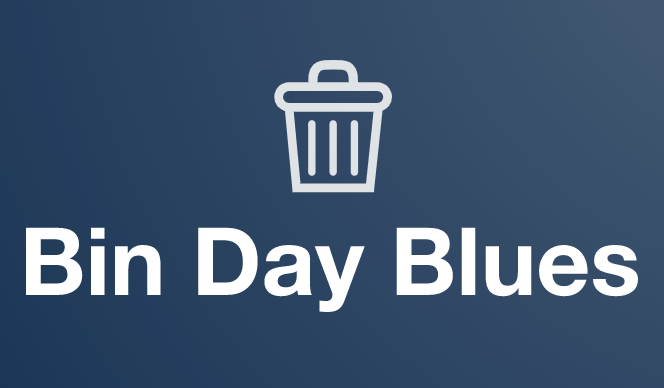Stop Doom Scrolling
A Modern Phenomenon
Doom scrolling is the compulsive behaviour of endlessly scrolling through social media feeds, news sites, or any digital platform, particularly in search of the latest bad news or distressing updates. This habit has become increasingly prevalent in recent years, fueled by the 24/7 nature of digital media and the global events that have captured our collective attention.
What is Doom Scrolling?
At its core, doom scrolling involves consuming a vast amount of negative or alarming content, often to the detriment of your mental health. In all honesty, it’s not really about staying informed; it's about being unable to disengage from a cycle of pessimism and anxiety. People tend to find themselves scrolling through X or Instagram, watching endless clips, or reading article after article about natural disasters, political upheavals, or health crises. The content is typically sensational, designed to evoke strong emotional responses which, in turn, keep users engaged longer.
Why The Hell Do We Doom Scroll?
Several psychological and societal factors contribute to this behaviour:
Anxiety and Control: In an uncertain world, doom scrolling can feel like a way to stay on top of things, providing a false sense of control over unpredictable events. Knowing the worst, some might think, prepares them for any outcome.
Negative Bias: Humans are wired to pay more attention to negative information as a survival mechanism. This bias towards bad news can make doom scrolling almost addictive; our brains are more alert and attentive when we encounter threats or negative news.
Social Connection: In times of crisis, doom scrolling can be an attempt to connect with others who are experiencing similar fears or concerns. Think of COVID. However, this often leads to echo chambers where anxiety is amplified rather than alleviated.
FOMO (Fear Of Missing Out): The dread of missing out on critical updates can drive people to keep checking their devices, even if the news is mostly repetitive or incrementally negative.
Algorithmic Curation: Social media platforms and news sites use algorithms to feed users content based on their past behaviour. If you click on or engage with negative news, you're likely to see more of it, creating a feedback loop of doom scrolling. A perpetual cycle of anger and emotion.
Doom scrolling can lead to increased anxiety, depression, and a sense of helplessness. Recognising this behaviour is the first step towards managing it. Strategies include setting time limits for news consumption, curating your feed to include more positive or neutral content, and engaging in activities that promote mental well-being. Breaking the cycle isn't just about reducing screen time; it's about reorienting our relationship with news and media in a hyper-connected world.
Actionable Steps to Create Healthier Digital Habits
Here are five practical strategies for overcoming the practice of doom scrolling:
Set Time Limits and Breaks:
Use apps or phone settings to set specific times when you can check news or social media. Implement breaks where you're completely disconnected from digital devices. For instance, you might decide not to consume news after 8 PM or during meals. This helps in creating a healthy balance and reduces the compulsion to scroll endlessly.
Curate Your Feed:
Actively manage what you see by unfollowing accounts that consistently post negative or sensational content. Follow sources that provide balanced, constructive news or positive stories. This doesn’t mean ignoring global issues but balancing your intake so that your news feed isn't overwhelmingly negative.
Be Aware That You Are In The Trap:
Don’t be like a fog in a pan of water, be more aware of your scrolling habits. When you catch yourself doom-scrolling, pause and ask if this activity is serving you well. Mindfulness techniques like meditation or deep breathing can help shift focus from external worries to internal calm, reducing the urge to doom-scrolling.
Create Over Consume:
Replace time spent doom-scrolling with enriching or relaxing activities. These could include reading a book, engaging in physical exercise, pursuing a hobby, or spending time with loved ones. By filling your time with positive or neutral activities, you will naturally reduce the time spent doom-scrolling.
Check The Facts:
Rather than consuming news reactively from social media feeds, choose to get your information from reputable news sources at scheduled times. This approach helps you stay informed without the emotional toll of constant, unscheduled updates. It also allows for a more thoughtful consumption of news, where you can process information at your own pace rather than being bombarded by headlines.
Implementing these strategies requires conscious effort and possibly some adjustment to one's daily routine, but they can significantly mitigate the negative effects of doom scrolling and lead to healthier interactions with digital media.

